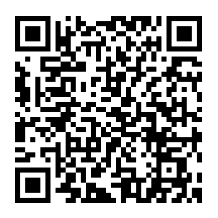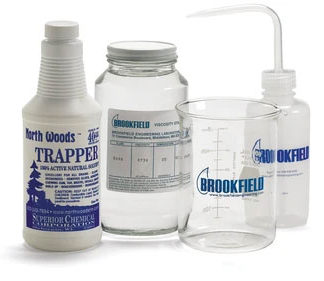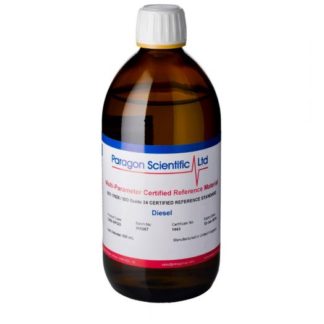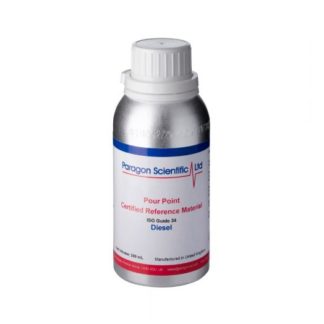Smoke Point of Kerosene and Aviation Turbine Fuel ASTM D1322
The Smoke Point method, in accordance with ASTM D1322, IP 598, is one of the oldest test methods in the petroleum industry. This test method provides an indication of the relative smoke producing properties of kerosenes and aviation turbine fuels in a diffusion flame. The smoke point is related to the hydrocarbon composition of such fuels.
Generally, the more aromatic the fuel, the smokier the flame. A high smoke point indicates a fuel of low smoke producing tendency. Performing the smoke point test manually requires highly skilled technicians with years of experience. Additionally, the manual test is time consuming. The current visual rating method used for specification purposes suffers from the drawback of operator subjectivity. The visual measurement of an open flame is a challenging exercise and dangerous for lab personnel. The visual rating of the flame varies from one operator to another.
The SP10 Revolutionizes Smoke Point Testing
This unique automated instrument uses a patented system (License TOTAL RM) based on a video camera that measures the flame. The flame image is digitalized. The dedicated software determines the height of the flame when its shape corresponds to the one described in the test method. This specific flame is the one with the maximum height without smoke generation. The SP10 performs three determinations of the flame heights and reports the average value in strict accordance with the test method. The results are saved in an internal database and can be printed, transferred to a USB memory stick and/or sent to a LIMS. Every test is fully documented and traceable, which is imperative for aviation industry quality procedures.
The SP10 is an Automated Smoke Point instrument that strictly follows the test method while both eliminating the subjectivity inherent to the manual test and significantly improving repeatability and reproducibility. Additionally, the SP10 eliminates all safety risks linked to the visual observation of an open flame. The test can now be run unattended which drastically reduces labor costs.





